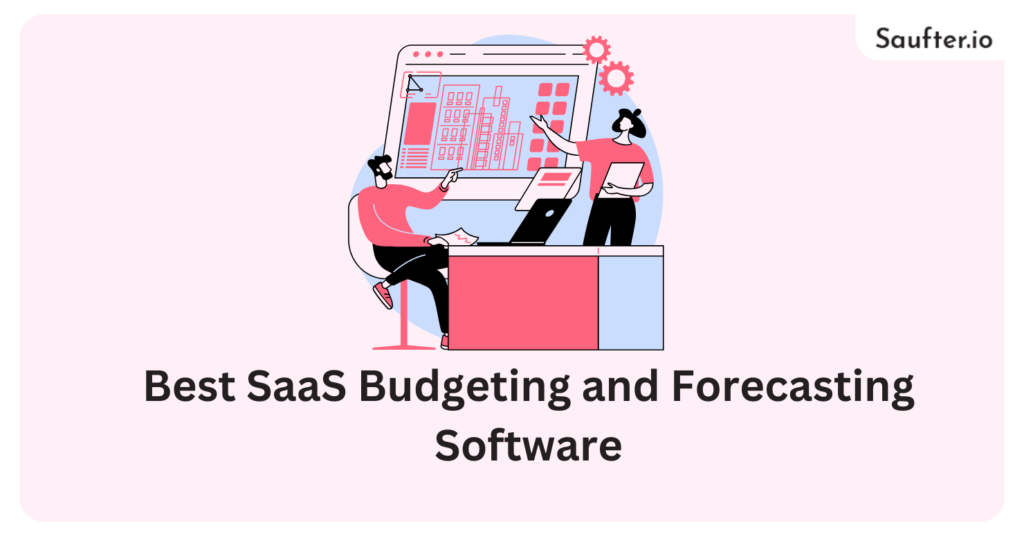Last Updated: November 2025
Modern SaaS finance teams are facing growing complexity. A recent Gartner study revealed that 88% of CFOs plan to increase investments in digital financial planning tools by the end of 2025. And according to Deloitte, organizations that use automated financial planning platforms are 1.5x more likely to exceed their revenue goals.
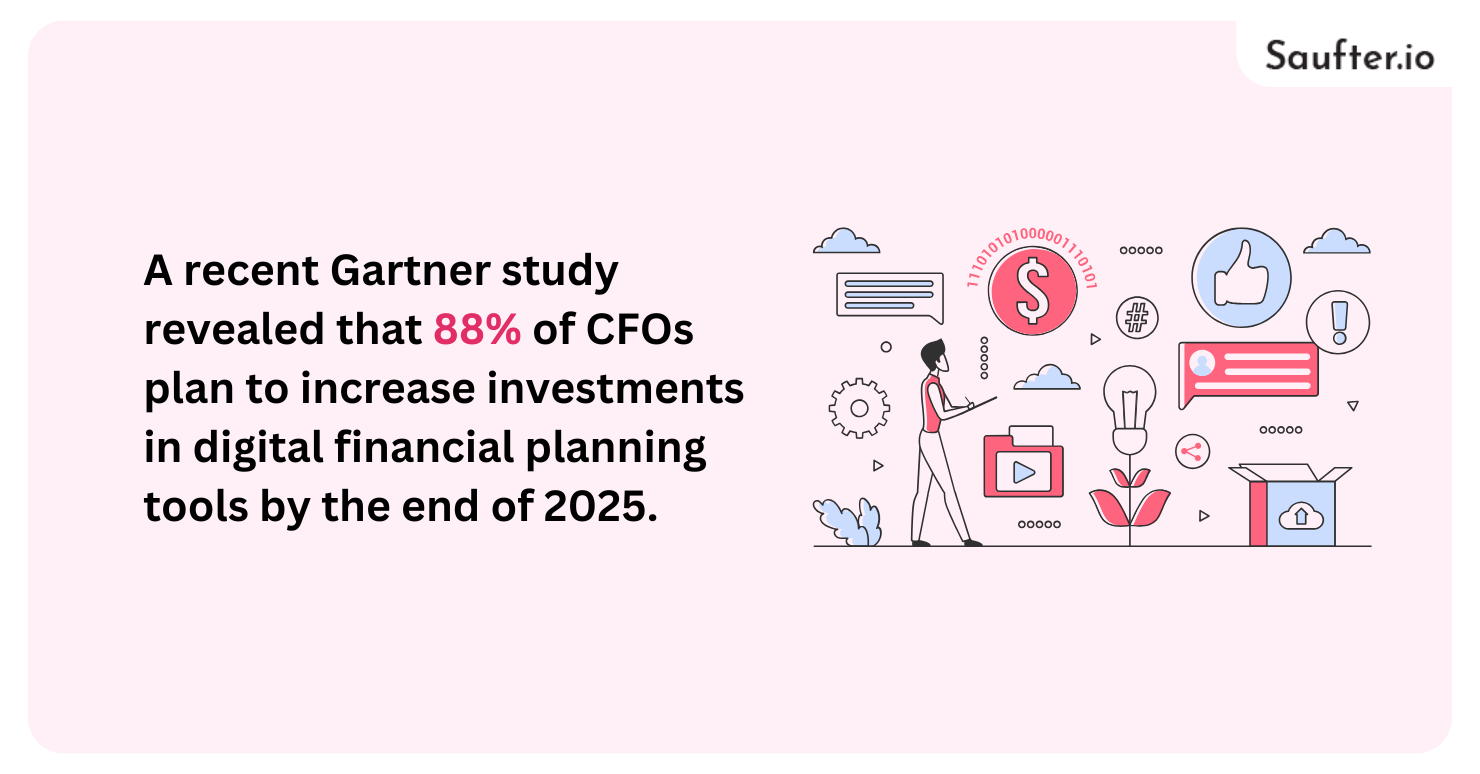
Traditional spreadsheets simply can’t keep up with today’s dynamic, subscription-driven business models. That’s why more finance leaders are turning to SaaS budgeting and forecasting software to manage everything from revenue modeling to scenario planning and cross-functional collaboration.
In this guide, we’ve reviewed the 15 best SaaS budgeting and forecasting software platforms of 2025 across all business sizes, from startups and SMBs to mid-market and global enterprises. These tools help streamline planning, improve accuracy, and unlock real-time insights so finance teams can focus on what matters: driving results.
We’ve categorized our recommendations based on business scale, evaluated pricing and implementation effort, and highlighted which platforms offer AI-powered features to give you a competitive edge.
Why Modern SaaS Companies Need Specialized Budgeting Tools
Unlike general accounting platforms, SaaS budgeting and forecasting software addresses the unique challenges of recurring revenue, churn, CAC, and ARR modeling. These tools help finance teams forecast cash flow, simulate various scenarios, and create rolling budgets with real-time updates.
That’s where SaaS budgeting and forecasting software comes in.
Unlike traditional tools that focus on static, one-time financial reports, SaaS budgeting and forecasting software is built specifically to handle the dynamic, subscription-based nature of SaaS businesses. These tools allow finance teams to model revenue over time, incorporating customer churn, expansion revenue, and upgrades/downgrades into forecasting models. They also simplify the calculation of CAC payback periods and track lifetime value (LTV) in real time.
Another major advantage of SaaS budgeting and forecasting software is the ability to build rolling forecasts. Rather than setting a fixed annual budget, SaaS companies can update their forecasts monthly or quarterly based on actual performance. This allows for more agile decision-making, especially in high-growth environments where user acquisition, churn, or product-market fit can shift rapidly.
In addition, these tools enable scenario planning—an essential feature for SaaS businesses that often experiment with pricing, market expansion, or new product lines. With just a few clicks, finance teams can simulate best- and worst-case outcomes, helping leadership make informed strategic choices.
In short, the recurring revenue model of SaaS businesses demands a new generation of financial tools. SaaS budgeting and forecasting software provides the precision, flexibility, and real-time insights necessary for scaling effectively in a competitive landscape
Best SaaS Budgeting and Forecasting Software
Large organizations need advanced capabilities like global consolidation, multi-dimensional modeling, audit trails, and seamless ERP integrations. These platforms offer enterprise-grade governance and performance at scale.
1. Drivetrain

A strategic finance platform built specifically for SaaS companies. Offers advanced modeling, real-time reporting, and seamless integrations. Scales from mid-market to enterprise.
Key Features:
- 200+ native integrations
- Rolling forecasts & variance analysis
- Predictive modeling
- Subscription revenue forecasting
- Role-based collaboration with version control
2. Anaplan
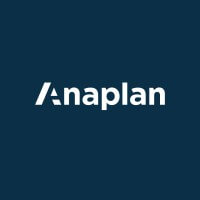
An enterprise-grade connected planning platform that supports complex financial modeling and collaboration at scale.
Key Features:
- Flexible modeling environment
- Granular scenario planning
- Role-based permissions & audit trails
- AI-powered predictive insights (PlanIQ)
3. Workday Adaptive Planning
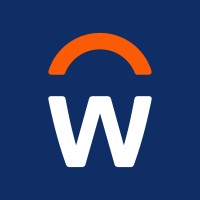
Part of the Workday ecosystem, offering collaborative planning, budgeting, and forecasting for large enterprises.
Key Features:
- Excel-style UI
- Rolling forecasts
- Scenario modeling
- Enterprise-wide reporting
4. Oracle PBCS (EPBCS)

Oracle’s cloud-based performance management tool, ideal for enterprises using the Oracle ecosystem.
Key Features:
- Advanced consolidation
- Scenario modeling
- Multi-dimensional data modeling
- Integration with Oracle Cloud
5. Pigment

A modern planning and forecasting tool for large-scale businesses. Combines real-time modeling with visual dashboards.
Key Features:
- Smart visualizations
- Driver-based forecasting
- AI-guided analysis
- Multi-currency support
6. SAP Business Planning
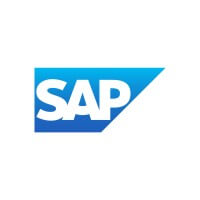
A robust, highly customizable enterprise platform offering deep analytics, forecasting, and multi-entity planning.
Key Features:
- Multi-currency consolidation
- Rolling forecasts
- Predictive analytics
- Audit trails and version control
7. Datarails
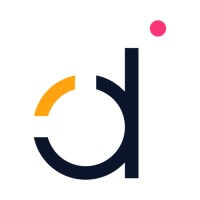
Excel-based budgeting plugin that turns spreadsheets into a connected database with automation and collaboration.
Key Features:
- Native Excel interface
- Rolling forecasts
- Driver-based planning
- Financial variance analysis
8. Vena

An Excel-powered FP&A platform with tight Microsoft 365 integration and prebuilt financial templates.
Key Features:
- Excel interface with automation
- Scenario modeling
- Rolling forecasts
- Built-in collaboration workflows
9. Mosaic
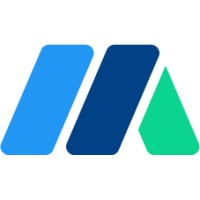
Cloud-based FP&A platform acquired by Hibob. Supports collaborative planning and real-time analysis.
Key Features:
- Departmental budgeting
- Real-time variance analysis
- Driver-based models
- Slack-integrated AI assistant
10. Abacum
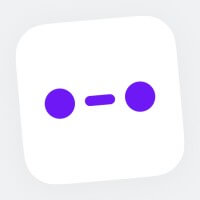
A mid-market planning tool with a modern interface, real-time insights, and strong collaboration features.
Key Features:
- Driver-based forecasting
- Rolling forecasts
- Budget workflows
- AI-based variance alerts
11. Cube

Spreadsheet-native budgeting software built for small-to-midsize finance teams. Simple and easy to adopt.
Key Features:
- Excel & Google Sheets compatible
- Rolling forecasts
- Version control
- Template-based reporting
12. Causal

Built for startups and small businesses, Causal simplifies financial modeling and scenario planning.
Key Features:
- Driver-based budgeting
- SaaS-specific templates
- Scenario modeling
- Visual dashboards
13. Budgyt

Budgeting and reporting platform for small businesses with strong expense tracking and user-friendly setup.
Key Features:
- Expense categorization
- Approval workflows
- Departmental budgeting
- Custom reporting templates
14. Fathom

A financial analysis platform that complements budgeting with excellent dashboards and performance tracking.
Key Features:
- Budget vs. actuals analysis
- Custom dashboards
- Forecasting tools
- QuickBooks/Xero integration
15. Finmark
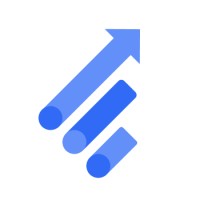
Built for SaaS startups, Finmark offers simple revenue and expense planning with driver-based models.
Key Features:
- Scenario planning
- Forecasting templates
- SaaS runway tracking
- Real-time updates
Where AI is Changing the Game in SaaS Budgeting
Artificial intelligence is becoming a core feature in the best SaaS budgeting and forecasting software. These platforms now use AI to automate variance analysis, suggest projections, and provide natural language insights.
Notable AI-Enabled Platforms:
- Drivetrain: Offers AI-powered variance alerts, model generation, and predictive forecasting through Drive AI.
- Anaplan: Includes automated scenario building and time-series forecasting via PlanIQ.
- Pigment: Suggests data visualizations and prompts for financial deep dives.
- Abacum: Uses AI for real-time anomaly detection and budget classification.
- Mosaic (Arc AI): Allows Slack integration and conversational data queries.
These features help finance teams move faster, reduce manual effort, and generate more accurate forecasts.
Budgeting and Forecasting Software for Small Businesses

For small businesses, staying financially agile is critical, but traditional spreadsheets and manual methods often fall short. Budgeting and forecasting software for small businesses simplifies complex financial tasks by automating planning, tracking, and predicting cash flow with minimal effort.
One standout solution is Saufter.io, which brings enterprise-level intelligence to smaller teams without the high costs. Saufter’s AI-driven approach automatically analyzes customer behavior, spending trends, and engagement patterns to help small businesses plan more accurately. Weekly campaign suggestions, predictive revenue insights, and real-time variance alerts make it a complete platform for teams that need results without a steep learning curve.
Other tools like Causal, Cube, and Finmark are also popular in the startup space, offering intuitive templates and simplified forecasting models. But Saufter stands out with its behavior-driven financial intelligence, enabling founders to plan budgets based on user activity, churn trends, and real-time business signals.
Saufter also includes multi-channel engagement features, emails, in-app messages, WhatsApp, and ties them directly to revenue projections. This makes it more than just a planning tool; it’s a growth engine tailored to lean teams.
In summary, small businesses need agile tools that provide both visibility and automation. Saufter.io delivers both, giving founders the power to plan, adapt, and scale with confidence.
Best Financial Forecasting Software
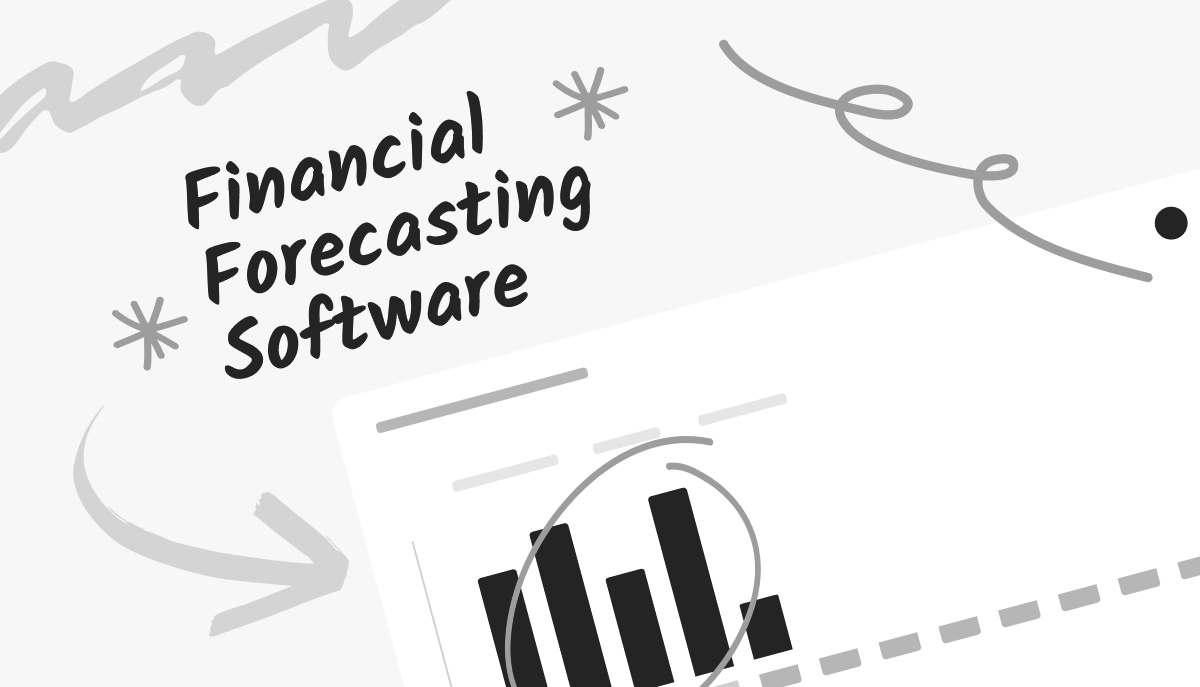
As financial planning becomes more data-driven and fast-paced, companies need tools that go beyond static spreadsheets. The best financial forecasting software leverages automation, real-time data, and predictive analytics to help businesses make faster, smarter decisions.
Saufter.io leads the pack by combining intelligent customer behavior analysis with automated campaign suggestions and revenue modeling. Its AI-powered platform offers weekly insights into performance trends, guiding teams toward optimized budgets and better forecasts. This makes Saufter not only a marketing automation tool but also a reliable software for budgeting and forecasting that’s uniquely tailored for SaaS and digital-first businesses.
Platforms like Drivetrain, Anaplan, and Pigment are strong contenders for larger teams with complex needs. However, their steep learning curves and higher implementation costs may not suit smaller or growing businesses. Saufter, by contrast, offers quick onboarding, seamless multi-channel integration, and actionable forecasting without needing a full finance team.
What sets Saufter apart is its focus on using user behavior to drive financial outcomes. By tracking engagement, churn, and lifecycle stages, Saufter builds forecasts that reflect real customer dynamics, an advantage rarely seen in traditional financial tools.
If you’re looking for a tool that not only tracks numbers but understands the “why” behind them, Saufter.io should be your top choice. It’s accurate, predictive, and built for businesses that want agility and insight, not just reports.
Let us now introduce you to the best SaaS AI-based Email marketing tool- Saufter.io
Saufter: The Best SaaS Email Marketing Tool

In today’s fast-moving digital landscape, Saufter AI emerges as a game-changing email marketing solution, especially for SaaS businesses, e-commerce platforms, and online brands. Powered by advanced artificial intelligence, Saufter helps you streamline your campaigns, boost engagement, and increase conversions through smart automation and data-backed strategies.
Key Features
- Competitor Email Tracking: Automatically monitors and analyzes your competitors’ email campaigns, helping you stay ahead of the curve.
- User Behavior Analysis: Studies user interactions on your website and tracks their journey to generate targeted campaign suggestions.
- Personalized Email Campaigns: AI-driven personalization enhances email deliverability and engagement, ensuring your messages reach the right audience.
- Cohort-Based Suggestions: Segment users based on their engagement levels and behaviors to optimize campaign effectiveness.
Conclusion
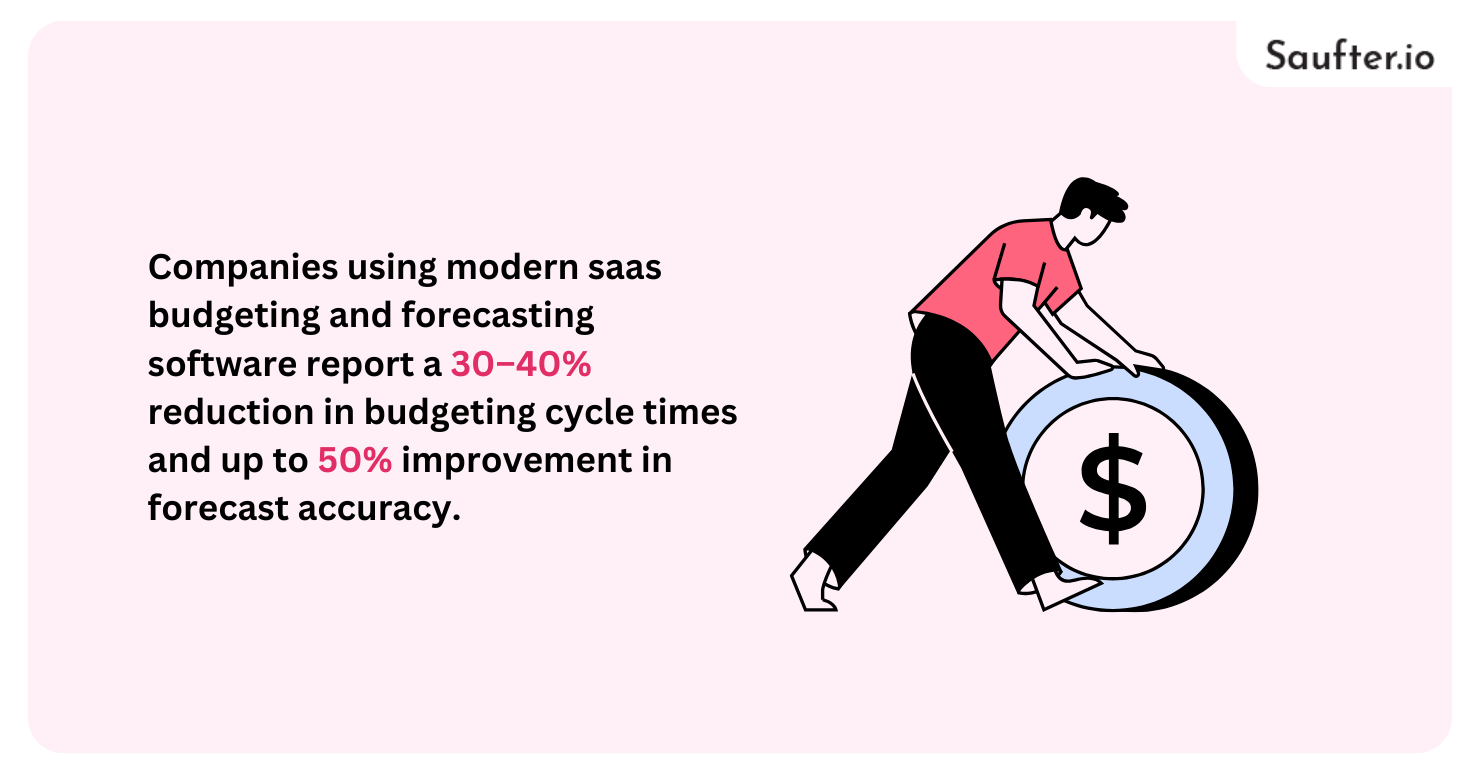
The era of manual spreadsheets is over; today’s finance teams need intelligent, agile solutions that adapt as their business grows. With SaaS budgeting and forecasting software, you gain more than just automation, you gain foresight.
From robust platforms like Drivetrain and Anaplan for large enterprises to intuitive tools like Finmark and Causal for startups, the right solution depends on your size, tech stack, and financial complexity. What they all share is a focus on accuracy, collaboration, and the ability to model every possible future.
And the numbers speak for themselves: Companies using modern saas budgeting and forecasting software report a 30–40% reduction in budgeting cycle times and up to 50% improvement in forecast accuracy.
No matter your stage, scaling startup or multi-national enterprise, adopting a future-ready financial planning platform is no longer optional. It’s a strategic imperative.
Invest in the right SaaS budgeting and forecasting software now, and your finance team won’t just keep up; they’ll lead.
